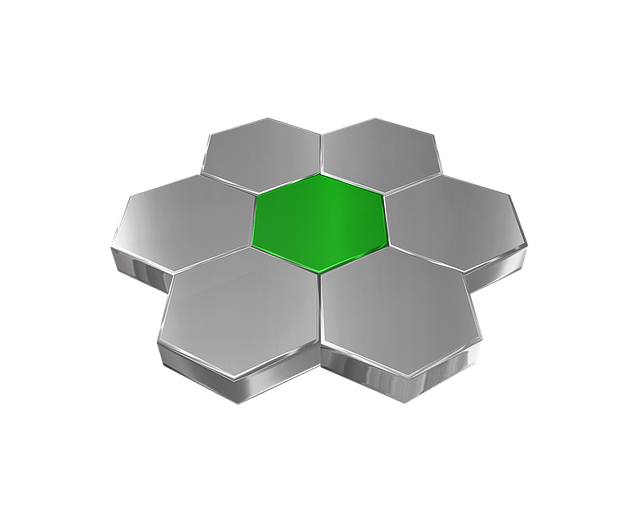Kratom, a natural herb, enhances recovery through its unique interaction with prolactin, known as the "milk hormone," which reduces stress, improves sleep and mood. This combination offers holistic benefits for managing anxiety, depression, sports injuries, and chronic pain, optimizing well-being by speeding up and improving recovery routines.
“Uncover the transformative power of kratom in accelerating recovery and enhancing well-being. This comprehensive guide explores how kratom, a natural herb, can be strategically used alongside prolactin, a key hormone for healing. By integrating these powerful allies, individuals on their path to recovery can experience improved mental clarity, reduced anxiety, and enhanced physical resilience. Discover the science behind kratom’s effects and learn practical strategies to harness its potential.”
- Understanding Kratom's Role in Recovery
- Prolactin: A Key Hormone for Healing
- Integrating Kratom and Prolactin for Optimal Well-being
Understanding Kratom's Role in Recovery

Kratom, a natural herb with a growing popularity in recovery circles, plays a multifaceted role in promoting healing and well-being. Known for its analgesic properties, kratom helps alleviate pain, a common barrier to recovery. Beyond physical discomfort relief, kratom’s ability to stimulate prolactin secretion is particularly notable. Prolactin, often referred to as the “mothering hormone,” has been linked to reduced stress, enhanced sleep quality, and improved mood—all crucial aspects for successful recovery.
This herb’s influence on prolactin levels can contribute to a sense of calm, making it easier for individuals to manage anxiety and depression, common setbacks during the recovery process. By understanding kratom’s interaction with the body’s hormonal systems, users can strategically employ this natural guidance in their recovery journeys, harnessing its potential to support mental health alongside physical healing.
Prolactin: A Key Hormone for Healing

Prolactin, often referred to as the “milk hormone,” plays a pivotal role in healing and recovery processes within the body. This key hormone is produced by the pituitary gland and has been extensively studied for its influence on various physiological functions, particularly during stress response and tissue repair. When it comes to kratom, a natural herb known for its therapeutic properties, prolactin emerges as a significant player in enhancing recovery strategies.
Kratom’s unique ability to interact with opioid receptors in the brain modulates pain perception and promotes relaxation. Concurrently, it stimulates prolactin secretion, which facilitates healing by initiating repair processes in damaged tissues. This dual action offers a promising approach to post-workout recovery, sports injuries, or even chronic pain management. By understanding the interplay between kratom and prolactin, individuals can optimize their recovery routines for improved overall well-being.
Integrating Kratom and Prolactin for Optimal Well-being

Kratom, a natural herb known for its pain-relieving and mood-enhancing properties, has gained popularity in the wellness community. When combined with the hormone prolactin, an important regulator of various bodily functions, this duo offers a unique approach to recovery and optimal well-being. Prolactin plays a crucial role in healing and immune response, while kratom’s alkaloids can support relaxation and reduce inflammation.
This integration provides a holistic strategy for those seeking post-workout or injury recovery. Kratom’s ability to manage pain and stress combined with prolactin’s promotion of healing can enhance overall wellness. By understanding the interplay between these two elements, individuals can tailor their recovery routines, ensuring faster and more effective rehabilitation.
Kratom, with its multifaceted benefits, serves as a valuable tool in fostering recovery. By understanding its role in balancing hormones like prolactin, we can harness its potential for optimal well-being. Integrating kratom and prolactin guidance offers a holistic approach to healing, providing individuals on their path to recovery with a supportive and natural ally.














